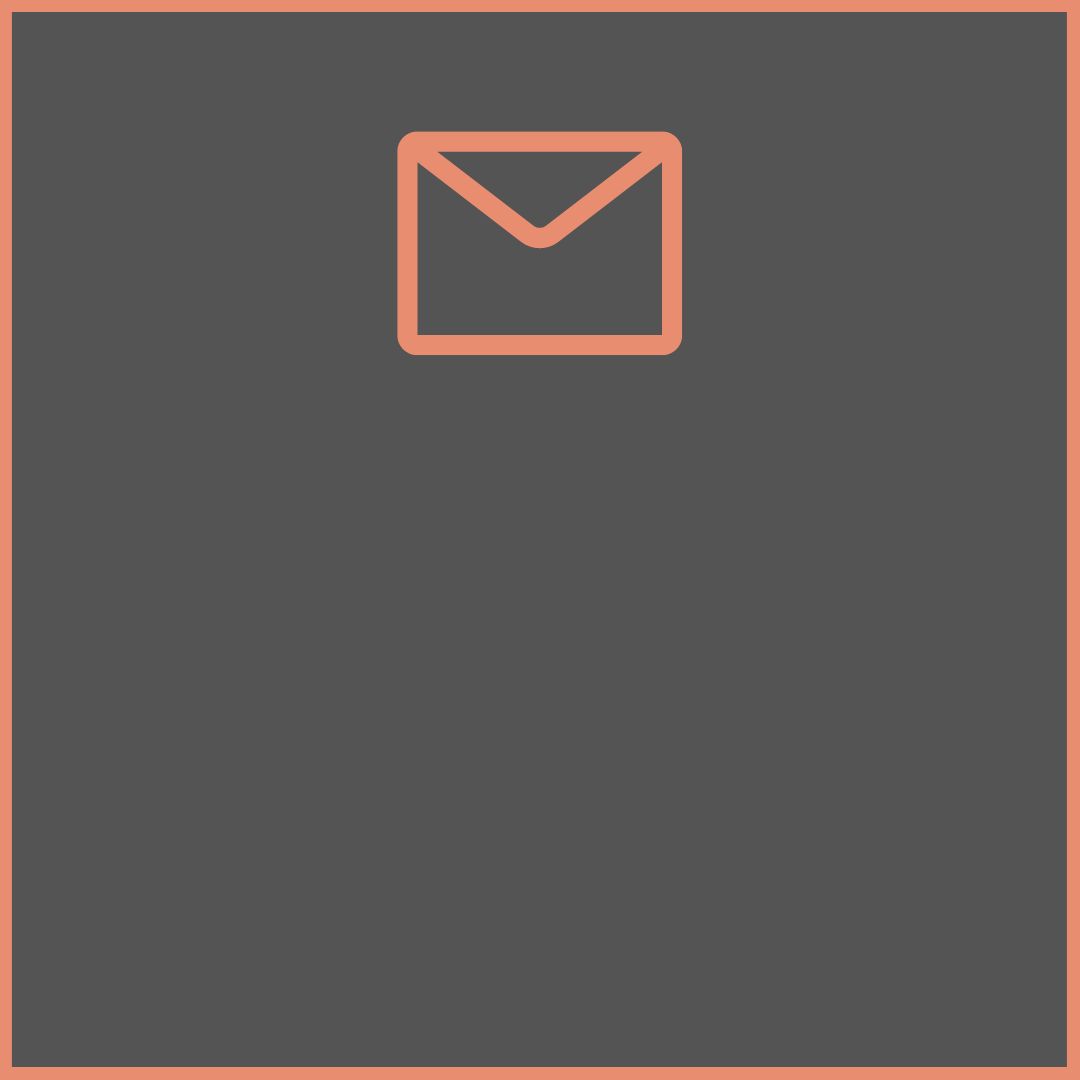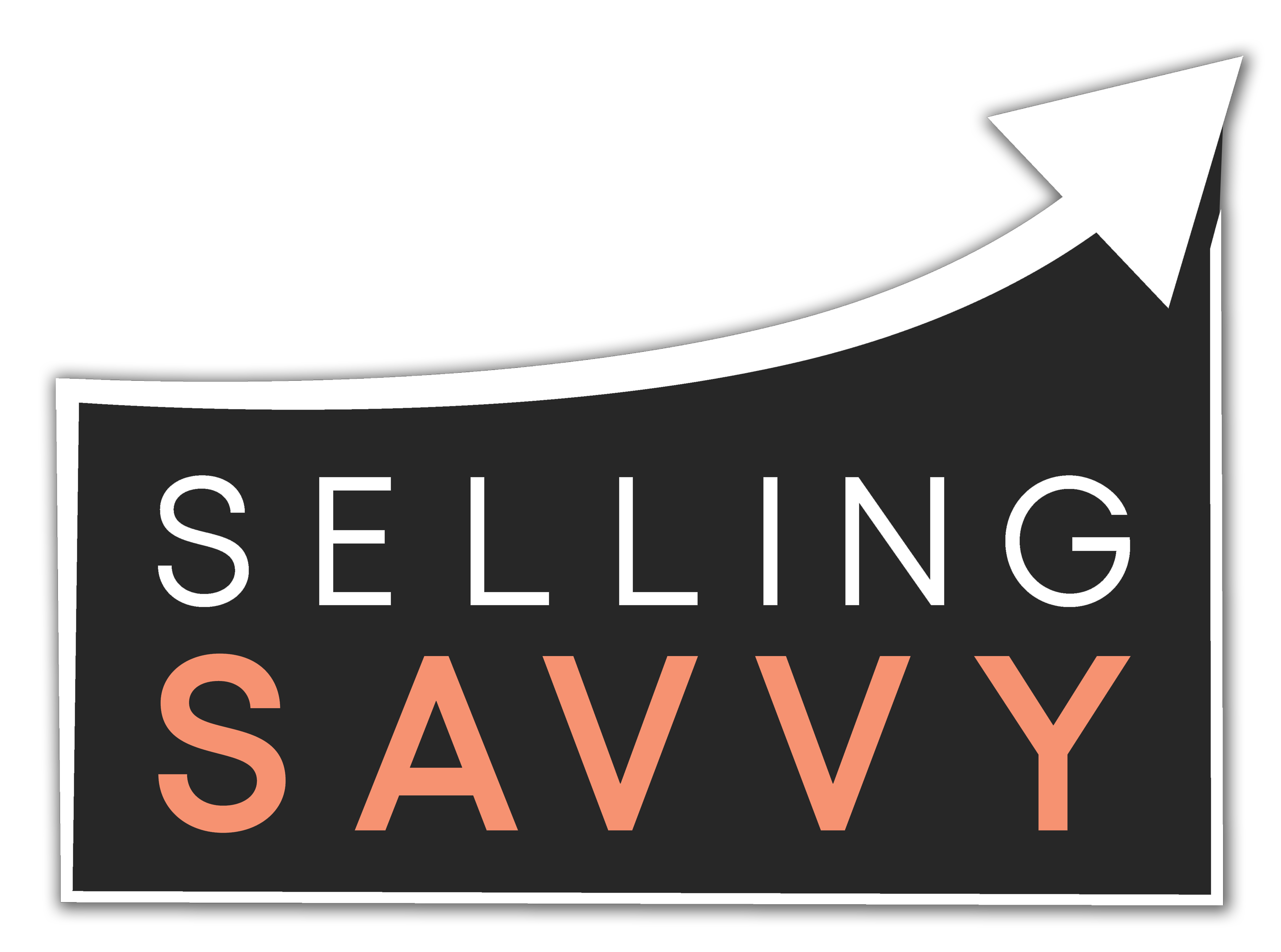The Christmas period is traditionally the time when we eat things that we don’t usually consume (lobster for example) with nice table settings that we don’t normally use… But with which cutlery do we eat those snails again and how on earth do I attack that pomegranate? Luckily, there are plenty of great books such as “The Art of Timeless Etiquette, Graceful Dining Manners, & Afternoon Tea”. However, as we spend approximately a quarter of our working time on reading and answering emails, I would like to share some thoughts on email etiquette. Here again, there is an interesting book written by Barbara Pachter, “The Essentials of Business Etiquette”. Partly from personal experience, please see below 8 aspects I find most important:
1. Reply to your emails
Just as it is completely normal in a face-to-face conversation to answer someone that asks you a question in a timely manner, the same should apply to emails. You don’ t need to answer immediately but if you allocate, for example, three time blocks per day to deal with your emails, you will ensure that you can answer them in a timely manner. This also goes for emails that are accidentally sent to you or that your colleague should deal with.
You will be surprised by how much more colleagues, clients and managers will rate your capacities just by replying to emails in a timely manner.
2. Solve the request completely
As Brian Tracy says, all success comes from completing tasks and it’s no different for dealing with emails. If your client has an issue or several issues that you need to deal with, ensure that you deal with them until they are fixed completely.
3. Do not reply to all unless necessary
It fills up your colleagues’ email inboxes unnecessarily and in return it will also overload yours. On top of that, your colleagues are less likely to respond to you when you do need them.
4. Use a clear subject line
Like the packaging of a bag of cookies tells you what kind are on the inside, the subject line should be the same. It should give a clear indication what is inside: subject suggestions for next meeting, proposal to increase your revenue etc.
5. Never “shout” or write angry emails
In email etiquette, writing words in capital is considered shouting and should be avoided. Also, never write angry emails. If there is an issue that you are not happy with, pick up that good old phone rather than write an email you are going to regret. Also, if ever you need to give some bad news to a client, do not do it via email but use the phone as well.
6. Use exclamation points sparingly
If you choose to use an exclamation point, use only one to convey excitement. Pachter says:
“People sometimes get carried away and put a number of exclamation points at the end of their sentences. The result can appear too emotional or immature,” she writes. “Exclamation points should be used sparingly in writing”.
7. Keep your fonts classic and go easy on colours
For business correspondence, keep your fonts, colours, and sizes classic. Many different colours or fancy fonts can distract from the message you want to convey.
“Generally, it is best to use 10 or 12-point type and an easy-to-read font such as Arial, Calibri, or Times New Roman,” Pachter advises. As for colour, black is the safest choice.
8. Double check every message.
Ensure that you proofread your message before you send it. It’s good practice to add the email address last, even when you are replying to an email.
Don’t rely on spell-checkers. Read and reread your email a few times, preferably aloud, before sending it off.
For more blogs and great resources, take a look at sellingsavvy.co.uk. Wishing you happy and peaceful holidays.




